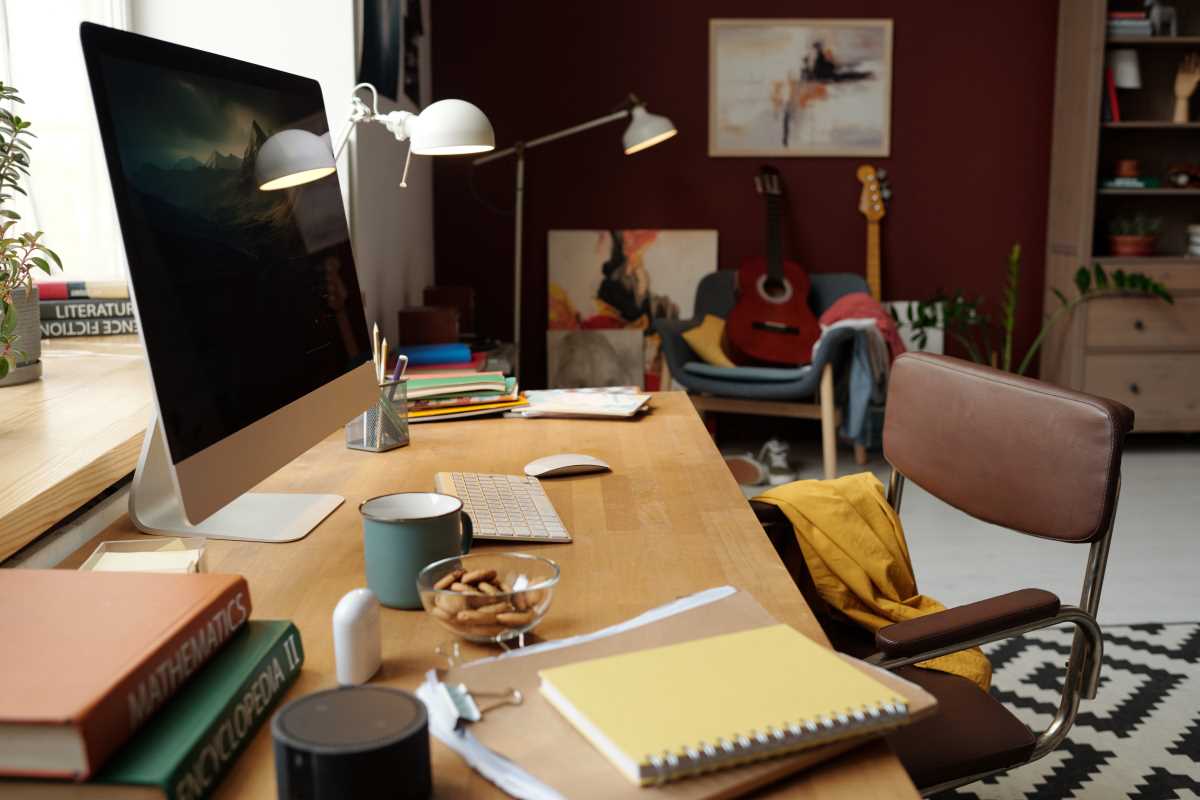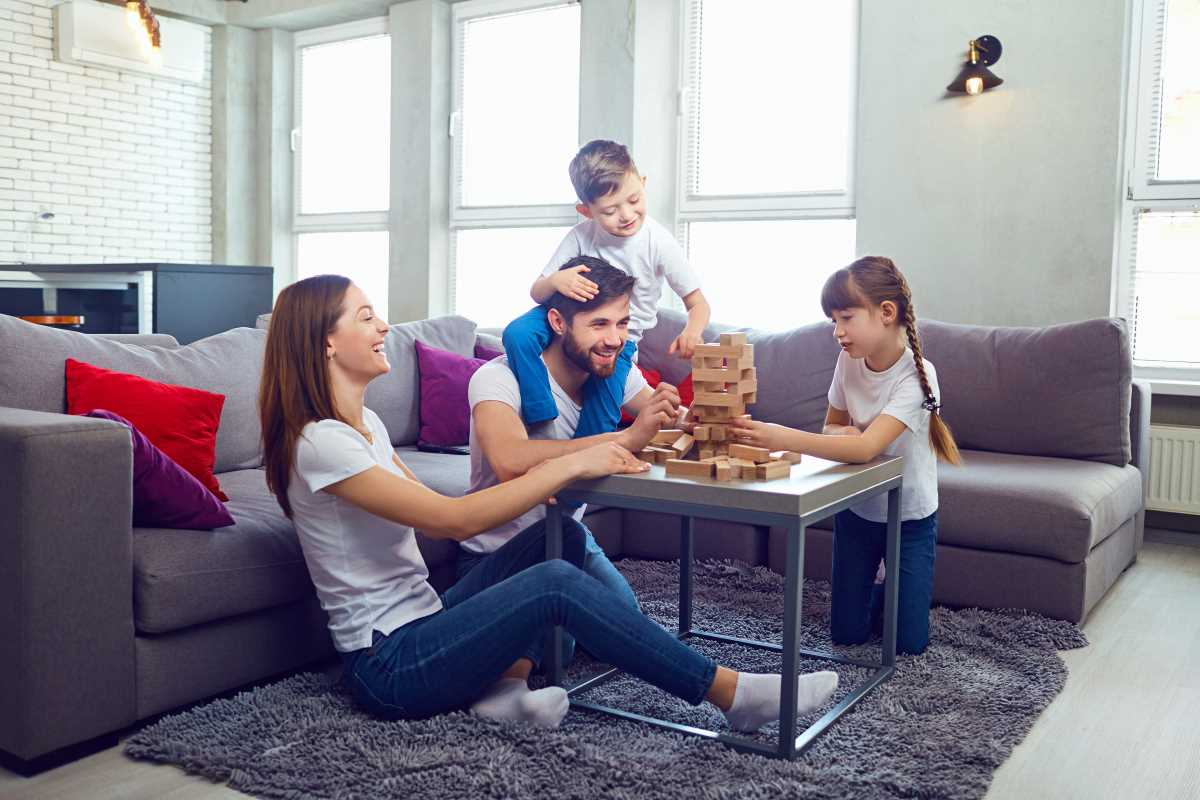An inviting living room is the heart of the home, a sanctuary where family and friends gather, relax, and spend quality time together. However, common design flaws can disrupt the harmony of this important space, making it feel less functional or welcoming. Luckily, with a few thoughtful adjustments, you can overcome these design issues and create a living room that is both visually appealing and comfortable. Here are some essential tips to help you fix common living room design problems and transform your space into a warm, inviting haven.
1. Layout
The layout of your living room plays a crucial role in its functionality. A well-planned furniture arrangement can enhance the flow of the room, making it easier for people to move around and engage in conversation. One common mistake is pushing all the furniture up against the walls, which can make the room feel too spread out and uninviting. Instead, try floating furniture away from the walls to create a more intimate, cozy atmosphere.
When arranging furniture, think about conversation zones—place seating areas in a way that encourages natural interaction. For example, position sofas and chairs facing each other or at a slight angle, with a central focal point like a coffee table. Fact: A well-thought-out layout can help improve the flow of your living room, making it more functional and inviting.
2. Lighting
Lighting is one of the most important aspects of interior design, yet it’s often overlooked. Poor lighting can make a room feel dull, small, and uninviting, while good lighting enhances mood and makes the space feel warm and open. The key to good living room lighting is layering. Combine overhead lighting (like chandeliers or recessed lights) with task lighting (like reading lamps) and accent lighting (like wall sconces or floor lamps) to create a balanced, inviting ambiance.
Natural light is also crucial—fact: natural light has been shown to boost mood and productivity, so make the most of any windows by keeping them free of heavy drapes or blinds. Consider using sheer curtains to allow sunlight to filter in, and add mirrors to reflect light and make the room feel larger.
3. Color Palette
The color palette you choose can have a significant impact on the atmosphere of your living room. A cohesive color scheme helps create harmony and visual appeal, while too many contrasting colors can make the space feel disjointed. Stick to a neutral base, such as soft whites, beiges, or greys, and incorporate pops of color through accessories like pillows, rugs, and throws.
Warm tones like peach, terracotta, and ochre can create a cozy, inviting ambiance, especially when paired with natural textures like wood or stone. Fact: Warm colors tend to make a space feel more intimate and comfortable, making them ideal for living rooms. Don't be afraid to mix in a few bold accents—just be sure to maintain balance so the space doesn't feel overwhelming.
4. Clutter Control
Clutter can make even the most beautifully designed living room feel chaotic and cramped. The key to creating a calm, inviting space is to control clutter by keeping only the items you truly love and use. Invest in smart storage solutions like shelves, baskets, or built-in cabinetry to help keep things organized and out of sight. Declutter surfaces like coffee tables and sideboards by displaying only a few well-chosen decor pieces, and store the rest.
Fact: Minimalist design, which emphasizes simplicity and functionality, promotes a sense of calm and order. By removing unnecessary items, you can create a more open and relaxing living room.
5. Wall Art
Bare walls can make a living room feel incomplete and lacking in personality. Wall art is an excellent way to add character, color, and visual interest to your space. Whether it's a single statement piece or a gallery wall of framed photos, artwork can instantly elevate the look of your living room. Choose pieces that reflect your style and interests, whether they be abstract paintings, photography, or personal artwork.
Fact: Artwork can serve as a conversation starter and a reflection of your personality, making the space feel more personalized and welcoming.
6. Rug Size
One of the most common design mistakes in living rooms is choosing the wrong rug size. A rug that's too small can make the space feel disjointed and awkward. Ideally, your rug should be large enough to anchor the room, with all the main pieces of furniture—like the sofa, chairs, and coffee table—sitting on it, or at least with the front legs of each piece on the rug.
Fact: A properly sized rug helps define the seating area, adds warmth, and makes the room feel cohesive, especially if you have hardwood or tile flooring.
7. Personal Touches
To truly make your living room feel like home, don’t forget to incorporate personal touches. Display family photos, travel souvenirs, or heirlooms to infuse the space with warmth and meaning. These small details can turn a beautifully decorated room into a personal sanctuary where you feel relaxed and happy.
By addressing these common living room design flaws, you can create a space that is both beautiful and functional. With thoughtful furniture placement, layered lighting, a cohesive color palette, and the right personal touches, your living room will become a warm and inviting environment where you and your loved ones can relax and make memories together. Small adjustments can go a long way in transforming your space into a place where you truly love to spend time.







